Jules Raymond Mazarin, Cardinal de Mazarin
Born on 14 July 1602 in the Kingdom of Naples as Giulio Raimondo Mazzarini, sometimes also spelled Mazzarino, the First Minister of France comes from a rather modest background.
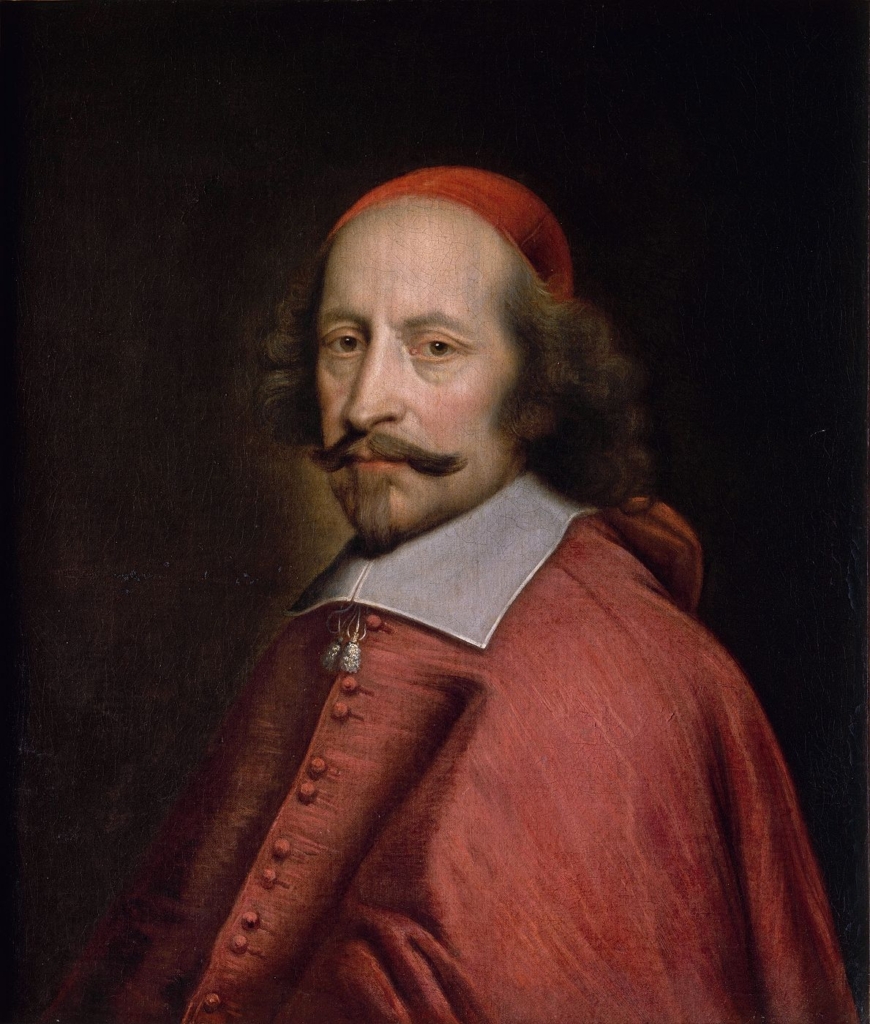
His grandfather, Giulio Mazzarini, was a craftsman from Genoa who settled in the Sicilian town Mazzarino. This Giulio ensured that his sons were provided with a good education. One of them was Pietro Mazzarini (or Mazzarino), who was good enough at school to work as a notary afterwards. After Giulio died, Pietro moved to Rome and somehow managed to find employment in the household of Filippo I Colonna, Grand Constable of Naples. Pietro was a fine man, so fine that the Grand Constable suggested he should marry his beautiful and virtuous goddaughter Ortensia Buffalini. Ortensia had an ample dowry and was a member of nobility. Bingo. They married and six children followed.
Giulio Raimondo was apparently born ‘capped’ and in possession of two teeth. Both signs of a great future, so his parents thought. (Louis XIV was born with teeth as well.)
Giulio Raimondo Mazzarini spent his youth, of which not much is known, in Rome. At the age of seven, he entered the Collegio Romano and was a fast-learning rather intelligent pupil, but not interested to join the Jesuit order who ran the school. He grew up in company of the Colonna children, which allowed him to visit palaces and those were by far more interesting. As a teenager he enjoyed to gamble and flirt, so much it was decided to send him abroad in order to cure him from those evil habits.
From Italy to Spain, Girolamo Colonna, one of the sons of the Grand Constable, enrolled in the university of Alcalá de Henares and Giulio was to serve him as chamberlain. Giulio did not stay for long, but managed to learn Spanish perfectly before he returned to Rome. There are a few legends about why he returned to Rome, one has to do with gambling debts, a other with his father being accused of murder and thus unable to show himself in Rome.
Either way, Giulio enrolled in the Sapienza University of Rome and got himself a Doctor in jurisprudence, the study and theory of law, along with a serious gambling addiction. The same year, 1628, he followed Filippo I Colonna as captain of infantry into the War of the Mantuan Succession and showed great skills in matters of diplomacy. It was not Giulio’s first experiences at war, some years earlier he already served as infantry captain in the Colonna regiment and was noticed to display a sharp mind, great talent for disciplining the soldiers and management of troops and provisions.
This display of capability did not go unnoticed by the Holy See. Jean-François Sacchetti, extraordinary nuncio, noticed said great skills and had Giulio accompany him as secretary. Giulio did his very best to impress the Pope with detailed reports and the discovering of enemy weaknesses, which at the same time impressed the current First Minister of France, Cardinal de Richelieu.
Giulio acted as ambassador extraordinary of the Pope in Savoy during the Treaty of Cherasco and managed to achieve an outcome favourable to France, much to the satisfaction of Louis XIII and Cardinal de Richelieu. The Cardinal sent thus for this Mazzarini, whom he regarded as a resourceful man, and Giulo was received in Paris with much ado and demonstrations of affection. Richelieu gifted him a gold chain with the portrait of Louis XIII, jewels and a valuable ceremonial sword. During his stay in France, he also became Canon of Saint-Jean-de-Latran, which forced him to accept the tonsure, the practice of cutting or shaving some or all of the hair on the scalp, as a sign of religious devotion or humility. He did so, but rather reluctantly. With the bald spot on his head, Guilo was now a cleric, yet never received the minor orders or the major orders later on.
After Mazzarini served in the papal army, diplomatic service and as nuncio at the French court from 1634 to 1636, he entered into the service of France with the approval of Cardinal de Richelieu. Richelieu was not a young man anymore and found himself at times overwhelmed by all his duties, he charged Mazzarini with some of them and the latter impressed again, managing to make himself valuable to King and Cardinal. Giulio settled in the Palais-Cardinal, today known as the Palais-Royal, and now went by the French version of his name, Jules Mazarin.
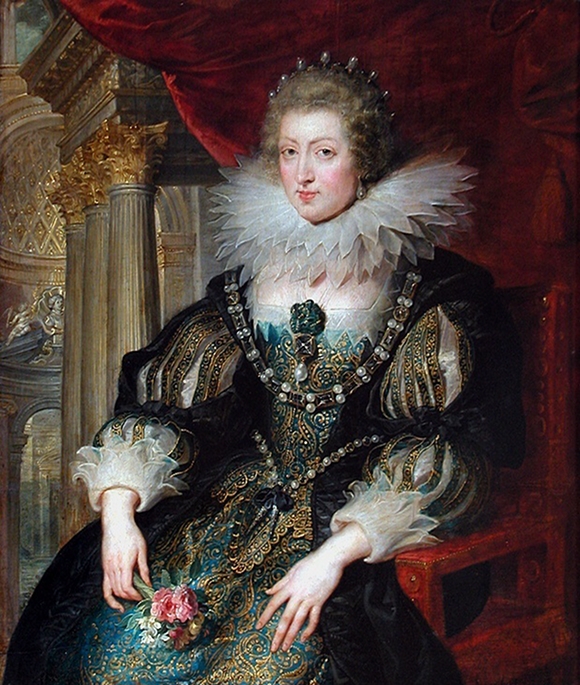
Being an ambitious man, it dawned on Jules Mazarin that serving the King of France might be the easiest way for him to get the desired Cardinal’s Hat. For this he had to make an impression on everyone who could possibly help him the achieve the desired. One day, being extraordinary lucky at cards, the beautiful Queen of France Anne d’Autriche entered the salon in which he was amassing gold coins. She noticed and Mazarin put his whole stack of coins in. He won, loudly declaring that he had only done so because the Queen honoured him with her presence. On top of that, he also offered her fifty-thousand écus of his winnings and gifted the rest to the other ladies present. Anne d’Autriche refused in first, but then accepted later on, and Mazarin received a sign of Anne d’Autriche’s favour a few days later. He got by far more out of it compared to what he had given.
Cardinal de Richelieu might have held Mazarin in very high esteem, but he was not yet willed to make him Cardinal. Instead a episcopal see was offered, along with thirty-thousand écus. Mazarin declined. He returned to Rome in 1636, with plans to attach himself to the nephew of the Pope, who was a Cardinal, in order to get the Red Hat himself. Yet he remained in service of Richelieu and went on a diplomatic mission to Savoy, where he managed once again to achieve a good outcome for France. The Regent of Savoy was the sister of Louis XIII and her position challenged by the in-laws. Mazarin managed to establish the Regency and even won the support of the in-laws for France.
That did the trick. Louis XIII put a good word in and Jules Mazarin became Cardinal, without ever having received the major orders or even the minor orders. Louis XIII himself gave him the cap and the barrette at Valence on 26 February in 1642.
The year 1642 was a good one for Mazarin, not only did he finally get his Red Hat, but he was also appointed Chief Minister of France after the demise of Richelieu and the latter’s recommendation. Not even four months later, the death of Louis XIII, by the Grace of God, King of France and Navarre, followed Richelieu’s.
The new King was not yet five years old and his mother will act as Regent. To everyone’s surprise, Anne d’Autriche turned to Mazarin with a favourable air. Most believed she would turn to someone more Spain friendly, but for Anne d’Autriche the safety of her son is worth more than friendly terms with her native country. Thus Anne named him First Minister and not just that, she also charged him with educating her sons. He also educated her in matters of politics. Anne’s new position was not an easy one, with many of her old friends now trying to gain influence and those who did not like her much trying to undermine her.
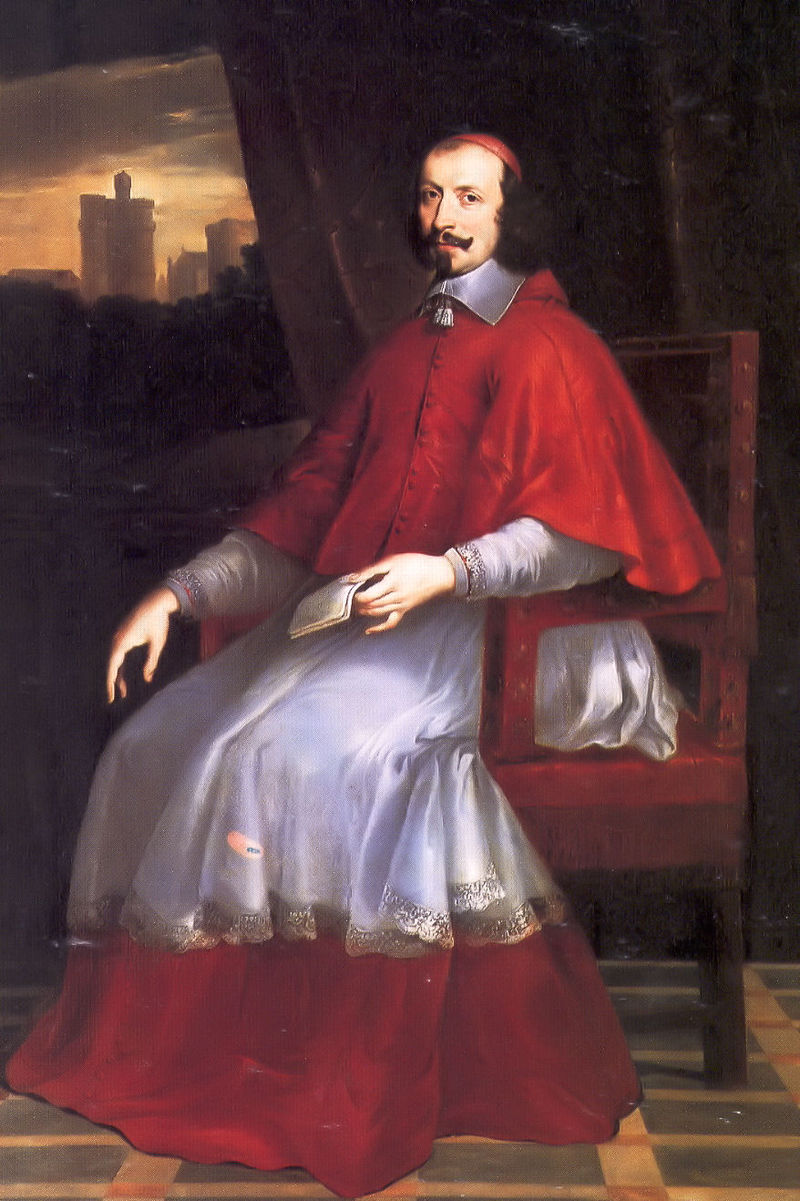 Cardinal de Mazarin was in no easy position either. Some found it a little odd that a Spanish-born Regent ruled together with an Italian-born Minister. Two foreigners, ruling France. The first intrigue to rid France of that Italian Minister followed swiftly. A few months after the death of Louis XIII, the assassination of Cardinal de Mazarin was arranged. Luckily for him, he got wind of it and had those responsible, among them François de Vendôme, cousin to the King, arrested.
Cardinal de Mazarin was in no easy position either. Some found it a little odd that a Spanish-born Regent ruled together with an Italian-born Minister. Two foreigners, ruling France. The first intrigue to rid France of that Italian Minister followed swiftly. A few months after the death of Louis XIII, the assassination of Cardinal de Mazarin was arranged. Luckily for him, he got wind of it and had those responsible, among them François de Vendôme, cousin to the King, arrested.
Mazarin continued Richelieu’s anti-Habsburg policy and laid the foundation for Louis XIV’s future expansionist policies, but Mazarin did not become more popular with the general public. The long war with Spain, although quite successful for France, drained the royal purse more and more. The Cardinal had to raise taxes and create new ones, with ultimately triggered the events of the Fronde. During this time Mazarin was exiled twice, yet although in exile did his very best to achieve agreements between the different parties. In the end, Mazarin returned to his former position after Louis XIV had become of age, traditionally at thirteen, and the Regency of Anne ended.
As Prime Minister, Mazarin did not just think if King and Kingdom, but also of his family. He ordered all his nieces, which received the nickname Mazarinettes, and nephews to France. For his nephews, he planned to have them befriend the young King, his nieces were to marry into French nobility, the higher the rank, the better. Due to this, the Cardinal established himself as naturalised Frenchman and his family worthy enough to be one of the best France knows. Mazarin also thought of his own fortune and amassed a lot of wealth as soon as be became Prime Minister.
He bought land in Paris to have a large mansion built for himself. Called the Palais-Mazarin, this not-so-humble house was built in the rue de Richelieu, just down the street from the Louvre and the former Palais-Cardinal, in which the royal family lodged. Mazarin began to collect all sorts of valuable things, such as paintings, furniture, tapestries, vases, books and antiques. Although a part of his amassed fortune was lost during the Fronde, the Cardinal gathered even more afterwards and died as the richest man France had ever seen to this point.
Mazarin was also a lover of the arts. He introduced the Italian opera in France and acted as protector of the Académie Royale de Peinture et de Sculpture, founded in 1648.
In matters of politics, he did a very good job and laid the stones on which Louis XIV would later build his idea of Kingship. Although it can be argued that Mazarin neglected the education of the young Louis XIV on purpose, so he may govern him for longer, he nevertheless prepared Louis to rule as a just King… and to rule himself, without Prime Minister. Before this was the case, Mazarin ruled France as sort of King until his death. ( In 1657, he made an attempt to get Louis XIV elected as Holy Roman Emperor.)

A notary was summoned to his bedside and said that everything he had received from Louis XIV, or what was rightfully his, must be returned to the King. It is hard to say what a sum this was, but it must have been a bit since the Cardinal was in possession of thirty-five million livres, a vast art collection, an even greater collection of books, and several estates. The Cardinal pondered what to do… of course he wanted all of that for his family, but he at least had to offer it to the King, which then most likely would refuse out of friendly feelings. Mazarin followed the right train of thoughts and Louis XIV indeed refused, not knowing how much money it exactly was, and restored everything to Mazarin.
Finally, he could die in peace and did so on 9 March 1661. His fortune was distributed among his nieces and nephews, with Hortense Mancini getting the biggest share. One half of the Palais-Mazarin was given to Philippe-Jules, along with a bit of money, the other half to Olympe and her husband. Philippe-Jules’ part of the mansion was renamed the Hôtel de Nevers, after his ducal title, and a part of it still stands today.
Louis XIV received some diamonds, among them the famous Sancy. A pale yellow diamond of 55.23 carats. This diamond, along with many other pieces of Mazarin’s collection, can be admired in the Louvre today. (The diamond is in the Galerie d’Apollon.)
According to his wish, Mazarin was buried at the chapelle du collège des Quatre-Nations, like Cardinal de Richelieu. He rested there peacefully until 1793, as the French Revolution began to destroy all signs of their former rulers. His grave was opened and what remained of him thrown to the road.

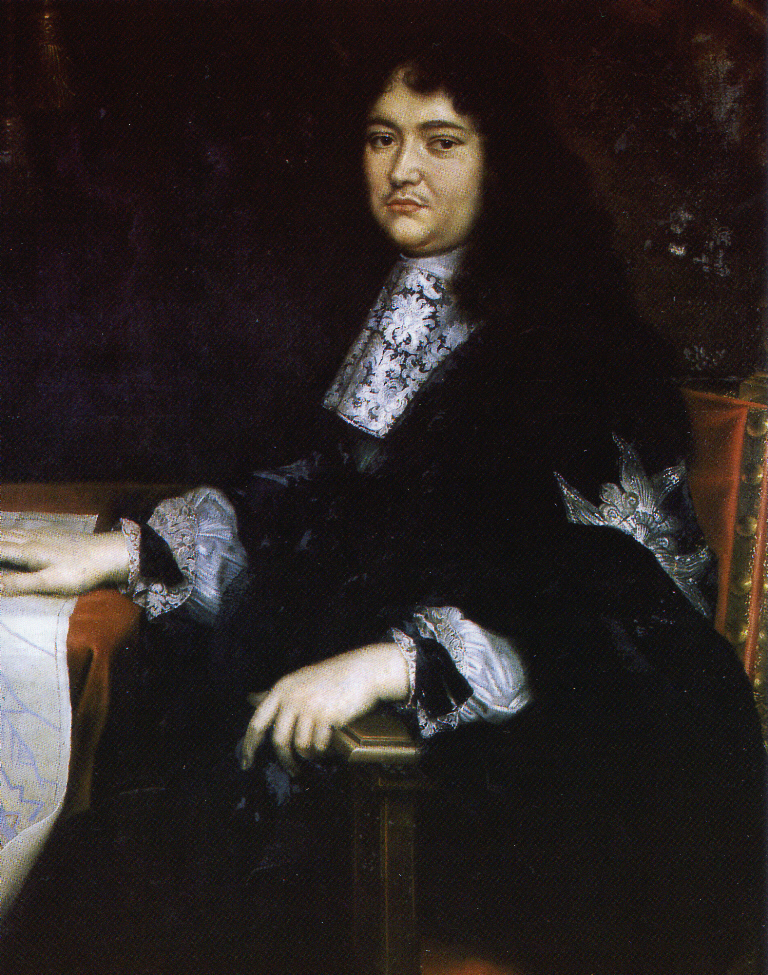

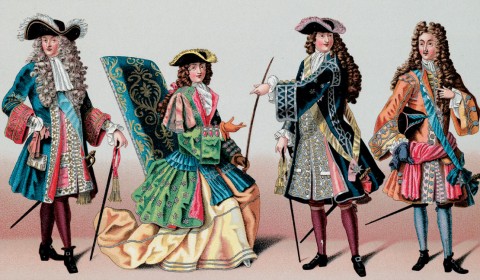
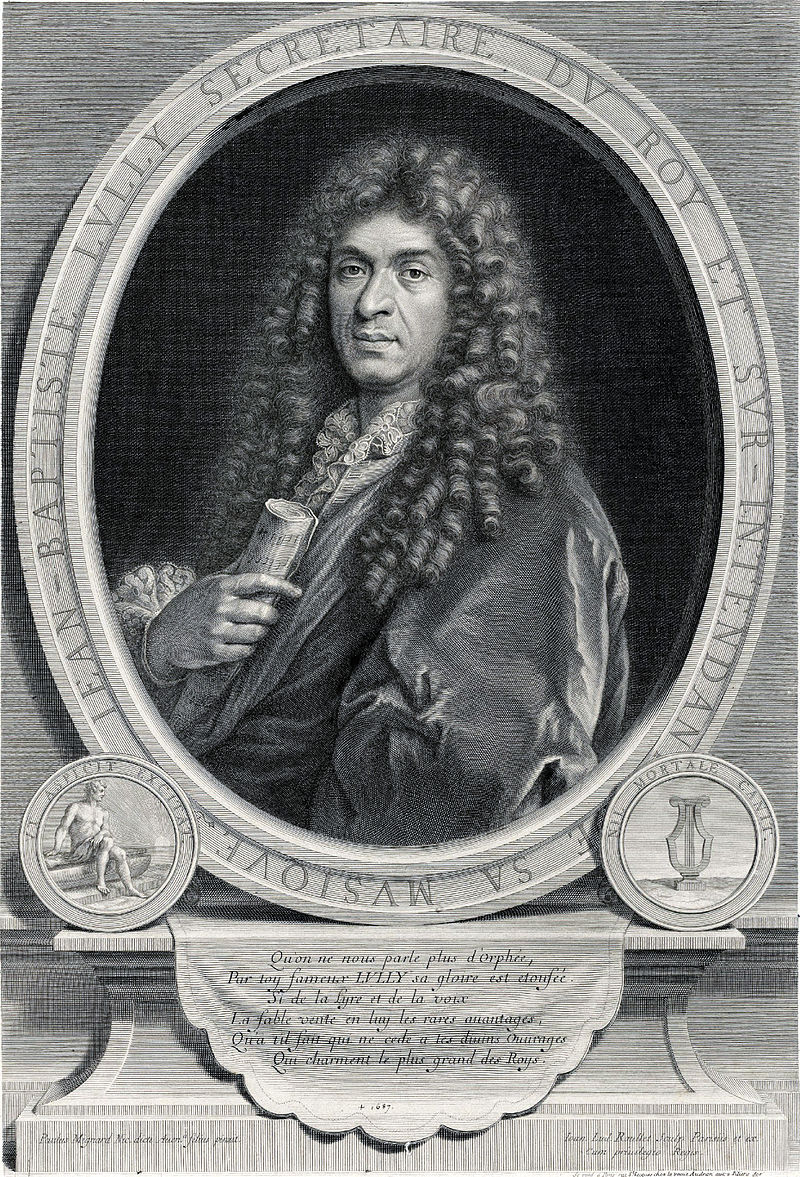

One Comment
Annette Ciaramitaro
Anne’s position. wasnt so uneasy methinks with mazarini being Jesuit trained,and they having quite a reputation with positions,especially with the wealthier ladies.